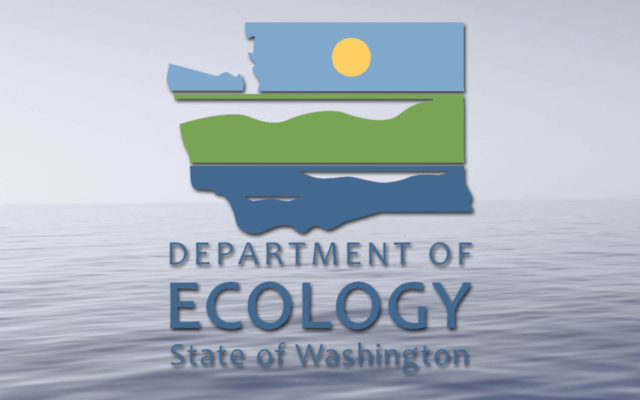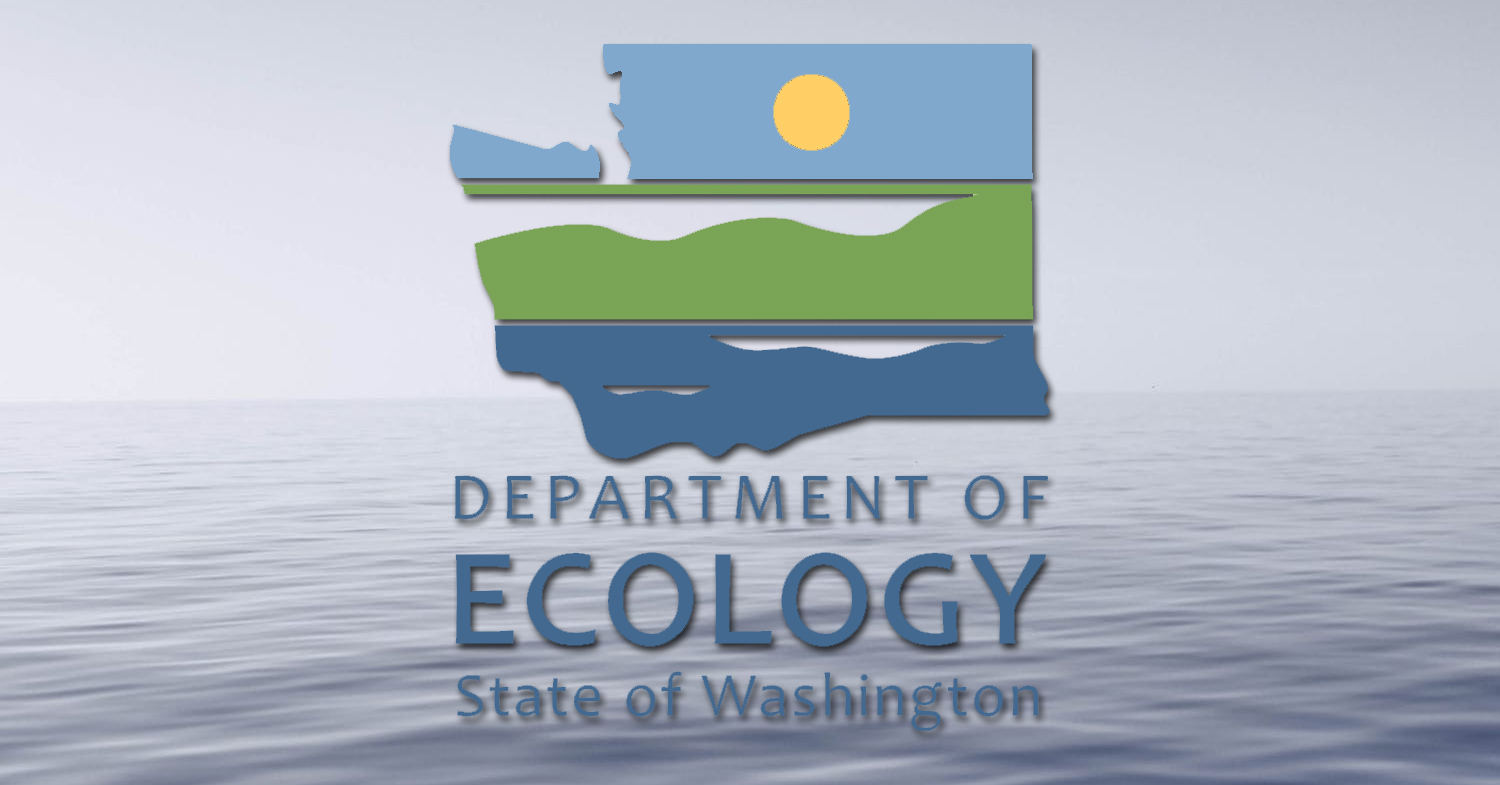Grays Harbor project included in statewide funding for water projects


The Department of Ecology will provide over $600,000 in funding for water quality improvement projects across the state.
Officials with DOE announced fifteen locally-sponsored projects across Washington that restore or protect the natural environment will receive up to $50,000 in state grant funding to move forward.
According to a release, the department is awarding nearly $640,000 to fund these projects to improve water quality and the natural environment in multiple watersheds around Washington.
This includes a project in Grays Harbor.
Beginning June 1, the grants will pay for a variety of projects such as river cleanup, tree planting, bank restoration, invasive plant removal, and natural stormwater infrastructure.
Locally, the Grays Harbor Conservation District will receive $50,000 to support ongoing efforts to restore ecological function along the Lower Satsop River by revegetating areas along the right bank of the river with native trees and shrubs.
The grants are funded through the Terry Husseman Account, designed to help local governments, conservation and port districts, tribal governments, fisheries enhancement groups, and other state agencies pay for environmental projects.
The Terry Husseman Account is funded by payments from penalties we issue for violations of the state Water Pollution Control Act. The account is named after long-time Ecology deputy director Terry Husseman who died in 1998 and honors contributions in the field of environmental management.
We evaluated 22 different project proposals worth nearly $962,116. Our grants staff weighed each proposal’s expected environmental benefits, local support and involvement, budget and cost effectiveness, readiness to proceed, and project schedule.
Two new evaluation metrics — environmental justice and climate change — were added to the criteria this year.
Southwest Washington
(includes Clallam, Clark, Cowlitz, Grays Harbor, Jefferson, Lewis, Mason, Pacific, Pierce, Skamania, Thurston and Wahkiakum counties)
- The Clark Public Utility District will use a $49,922 award to address water quality impairments in Salmon Creek watershed by removing approximately 15 acres of invasive species, surveying five stream miles and implementing a 2-acre, 2,000 native tree and shrub, riparian restoration project in the Rock Creek sub-basin. This project will increase stream shading, baseflows, stormwater infiltration, and reduce turbidity.
- The Grays Harbor Conservation District will receive $50,000 to support ongoing efforts to restore ecological function along the Lower Satsop River by revegetating areas along the right bank of the river with native trees and shrubs.
- The Lewis County Conservation District will receive $50,000 to restore the riparian area along Salzer Creek in the Chehalis River basin. The goal is to lower stream temperature, increase dissolved oxygen availability, filter nutrients, improve flooding, and provide wildlife food and habitat. Tree planting projects will take place on property owned by National Frozen Foods Co. and the Lewis County Fairgrounds. The planting and maintenance will be completed by Lewis County Stream Team volunteers.
Central Washington
(includes Benton, Chelan, Douglas, Kittitas, Klickitat, Okanogan and Yakima counties)
- The Cascade Columbia Fisheries Enhancement Group has been awarded $43,000 to improve water quality and promote community engagement at four publicly-accessible river sites in the Methow and Wenatchee Basins. Funding will support bioengineered bank protection and riparian planting at Mack Lloyd Park in Winthrop; plant maintenance and volunteer events at Mazama and Homestream Parks; and riparian planting, maintenance, weed control, educational signs, and the development of a multi-year high school stewardship project at Lower Sleepy Hollow Preserve.
- The Chelan County-Natural Resource Department has been awarded $35,000 to sponsor community-based cleanup activities that will remove metallic, concrete, and other debris from the Wenatchee River and engage the local community in a celebration of the Wenatchee River and the cleanup activities. An existing and detailed inventory of debris in the river will focus cleanup activities, and community organizations will celebrate the cleanup through river fest-style community events.
- The Mid-Columbia Fisheries Enhancement Group is receiving $24,290 to protect and restore 400 feet of the lower Klickitat River at a popular river access area. Currently unmanaged recreation has denuded the riparian area, resulting in erosion. Grant funds will complement existing funding to create a barrier to prevent vehicles from driving into the riparian zone. The grant will also support community volunteers and students to replant native riparian vegetation. The project will result in improved water quality and instream habitat while still allowing public access to the river by foot.
- The Mid-Columbia Fisheries Enhancement Group is also receiving $44,600 to support stewardship activities that will increase the success of previous vegetation restoration efforts in the upper Yakima River watershed. The project includes stewardship of 0.4 acres along 550 feet of Swauk Creek, 4.2 acres along 1,200 feet of Mercer Creek and six acres along 3,000 feet of the Yakima River.
- The North Yakima Conservation District will receive $49,889 to create a local demonstration project to show the benefits of landscaping with native and low water plants. The project will display various native plants and educate the public about their benefits in reducing water usage. They will install 400 low water use native plants amongst river rock and basalt. The plantings will include native wildflowers and pollinators, shrubs, and bunchgrasses. The project will provide a location to interact and educate homeowners, municipalities, and businesses in the hopes that more landowners will adopt xeriscaping and native plantings into their landscaping. There will also be a kiosk on the site and online resources made available.
Eastern Region
(includes Adams, Asotin, Columbia, Ferry, Franklin, Garfield, Grant, Lincoln, Pend Oreille, Spokane, Stevens, Walla Walla and Whitman counties)
- The Pine Creek Conservation District will receive $50,000 to improve water quality by restoring ecological function and enhancing wildlife habitat in an eight8 acre portion of the watershed that has been degraded by decades of intensive land use. These objectives would be achieved by establishing a robust riparian forest buffer which is known to reduce erosion and water temperature , and filter contaminants. This project exists as a critical component to a larger stream bank stabilization effort on this stretch of Little Hangman Creek.
- The Spokane Conservation District will get $47,500 to implement a riparian planting project on Hangman Creek at river mile 17. The project will help install approximately 7,600 riparian trees and shrubs and an irrigation system to water and establish the planting. This project will supplement an established stabilization project designed to improve water quality in Hangman Creek, which has fecal coliform, temperature, and turbidity impairments.
- The Spokane Tribe of Indians is receiving $50,000 to plant native vegetation, monitor water quality, and improve fish and wildlife habitat at sites in the Colville, Little Spokane, and Hangman Creek watersheds. The project will help regulate water temperature, improve aquatic species habitat, reduce sediment and nutrients in surface water runoff, slow the spread of non-native vegetation, and increase carbon storage in plant biomass and soils.
Northwest Washington
(includes Island, King, Kitsap, San Juan, Skagit, Snohomish and Whatcom counties)
- The City of Kirkland Parks and Community Services is receiving $26,785 to restore part of the Juanita Creek riparian buffer in Edith Moulton Park, Kirkland. The project will clear invasive blackberry and ivy, enhance wildlife and aquatic habitat, improve water quality, increase the resistance and resiliency of the riparian buffer to climate change, improve park aesthetics, and build stewardship.
- The Skagit Fisheries Enhancement Group is getting $40,377 to complete riparian restoration at Coal Creek and Finny Creek in the Lower Skagit-Samish watershed. The project will enhance riparian buffers, remove invasive species, and restore 3.6 acres of active floodplain, slough, and riparian forest habitat on private land.
- The Snohomish Conservation District will use $50,000 to re-forest an unnamed stream and connect wetlands in the French Creek sub-basin in Snohomish County. The conservation district will restore approximately 6.6 acres to improve water quality and habitat in the watershed, increase riparian forest cover, and restore healthy wetland hydrology. The conservation district is also receiving $49,980 to conduct a study in the Pilchuck watershed to identify the best locations for green stormwater infrastructure and create a list of projects to be put in place.
You Might Also Like



